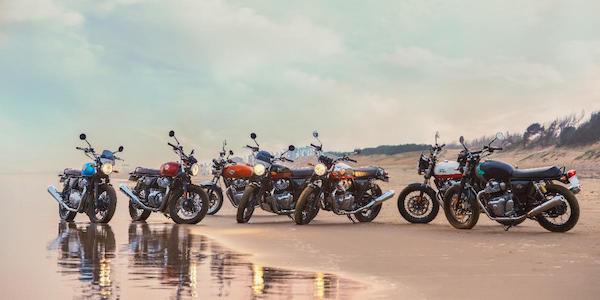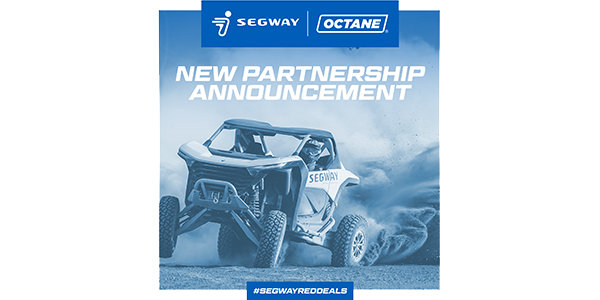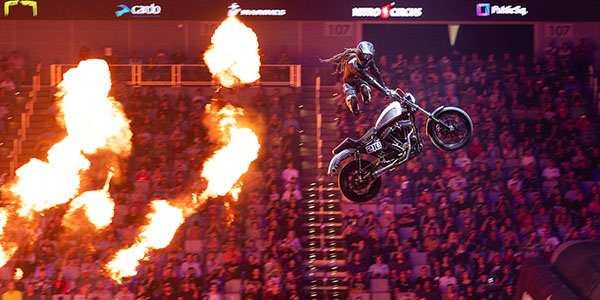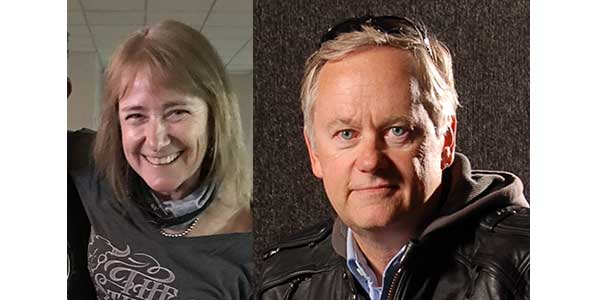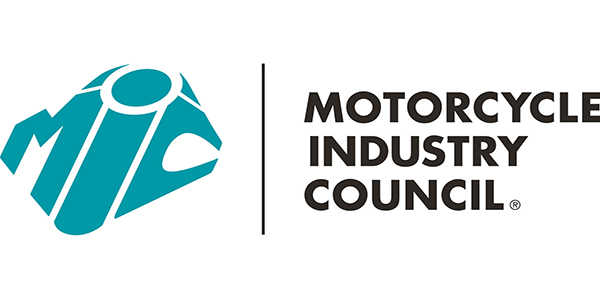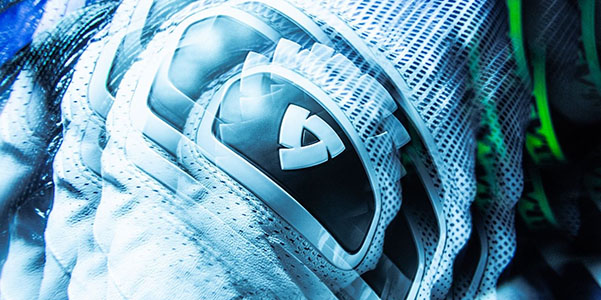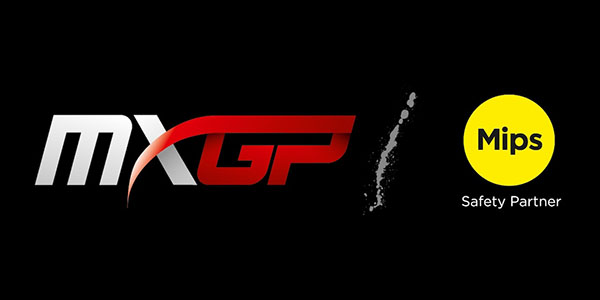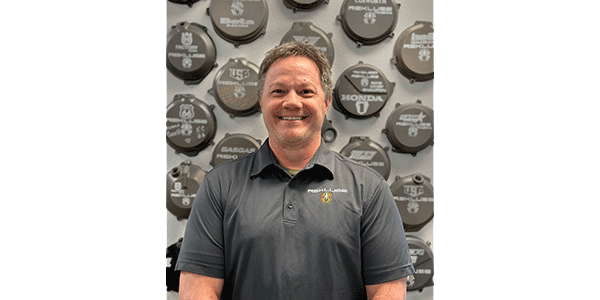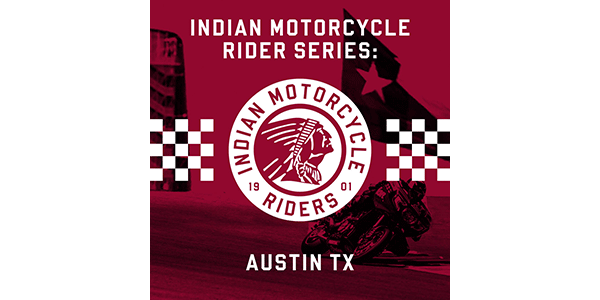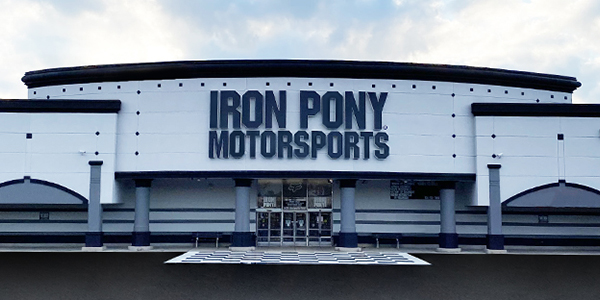
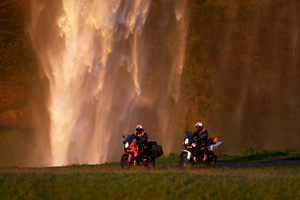
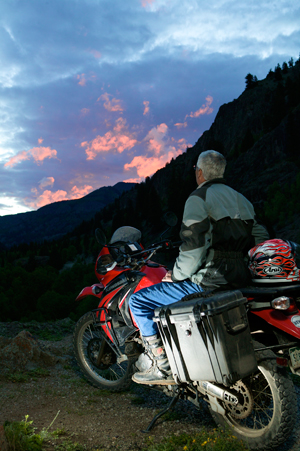 Most of the best spots on the planet, as far as I’m concerned, are at the end of long, bad roads that lead to the middle of nowhere. McCarthy, Alaska, is one of those places, a tiny strip of main street lined with the Golden Saloon, Ma Johnson’s Motel, a shackledown art gallery and some semi-abandoned homes with old pickups on rotting tires resting out back. McCarthy was born as a mining town and now offers hardcore outdoors sorts good access to the stunning Wrangell-St. Elias National Park and modern world escapees a place to drop off the face of the earth.
Most of the best spots on the planet, as far as I’m concerned, are at the end of long, bad roads that lead to the middle of nowhere. McCarthy, Alaska, is one of those places, a tiny strip of main street lined with the Golden Saloon, Ma Johnson’s Motel, a shackledown art gallery and some semi-abandoned homes with old pickups on rotting tires resting out back. McCarthy was born as a mining town and now offers hardcore outdoors sorts good access to the stunning Wrangell-St. Elias National Park and modern world escapees a place to drop off the face of the earth.
Spend a night at the local watering hole, the Golden Saloon, and you can catch everything and anything from a washboard-playing local step up for open mic night to a crusty backcountry dweller complaining about the young people coming out to his town expecting a “green $@$#@# nirvana.” The rest of the beat-up stools in the joint fill with Euro-trash backpackers, self-sufficient world travelers living out of four-wheel-drive trucks capped with pop-up campers and the occasional adventure motorcyclist.
The road to McCarthy is 60 miles of pockmarked washboard gravel that can take five hours to drive safely in a car. On a dual-sport bike — a KLR650, V-Strom 650 or GS650 — you can do the road in less than two hours. As a bonus, motorcycle riders can ride across a little bridge into town that is too narrow to accommodate a car. So on Main Street, the only vehicles you see besides the battered Volvos and dented pickups owned by locals (who can access the town on a private bridge) are the adventure motorcyclists.
The appeal of a small dual-sport motorcycle is easy to understand when you are in McCarthy. The bike eats bad roads for breakfast and travels them more quickly than any other machine. Jeeps and other rugged OHVs can tackle nearly the same territory, at about one quarter the speed. ATVs are faster than Jeeps, but still much slower than motorcycles.
Dual-sport motorcycles are also affordable. At the lower end of the price and size spectrum, bikes like the KLR250 and CRF230 are reasonably priced new and dirt cheap used. You can find an older Suzuki DRZ400 or Kawasaki KLR650 for $2,500, and if you are lucky, it will be equipped with hard luggage, racks and a few performance upgrades.
Small dual-sports are also incredibly fuel-efficient. The bikes can get 70 miles per gallon or more. The 250s are perfect for short, urban commutes, and the 650s can comfortably manage a 20-mile trip down the freeway.
The machines aren’t the sexiest on the showroom floor. Model updates are infrequent, engine and suspension components tends to be tried, true and dated, and the graphics selected by the machine’s occasionally addled design departments have been some of the most awful combinations in motorcycle history (aka the purple-and-yellow, faux-flamed DR650 or the baby-blue-and-purple KLR650). The appeal of a dual-sport is not sexy bits, new technology or impressive dyno figures. These machines are affordable, offer great gas mileage and are more efficient at visiting backcountry destinations than a Jeep or ATV.
Two wheels are the way to see the world’s backcountry, and the sales of dual-sport motorcycles have remained steady during market conditions that are anything but.
AMA dual-sport events have been around since the early 1990s, and former racer Mark Hyde has been on the ground for most of those. He worked with Suzuki when they were the title sponsor, and is now working with title sponsor KTM. The events began mainly as a way to go on a hardcore trail ride, with terrain similar to an enduro or hare scramble, but without the hassle of time-keeping or the adrenaline rush of a dead-engine start.
“You have such a wide variety of riders, it’s tricky to put these events on,” Hyde said. “You have a guy who shows up on a KTM 450EXC and a guy on an XL600. It’s tough to make it fun for both.”
The way to solve that puzzle is plan a route with a main loop that consists of trails easy for anyone to ride on a small dual-sport, and optional more challenging side loops. The level of difficulty in the side loops varies from event to event, with some doable by casual riders and others difficult for even experienced racers.
The Dirty Dabbers National Dual Sport in Mill Hall, Pa., is one of the latter. The club that puts it on is a trials club, and they use all their dabbing and rock-climbing experience to build a challenging course. “When they say their optional sections are advanced,” Hyde said, “they aren’t kidding.” The event is also one of the most successful in the country and draws more than 600 riders.
Some of the most successful dual-sport events open up special sections of trail only for their event. The Barstow-to-Vegas ride, which was once a famous race, is now a dual-sport ride that crosses portions of the old race course. The LBL 200 in Kentucky run by Jesse Thomas crosses fantastic trails in Kentucky’s Land Between the Lakes area.
The Black Dog Dual Sport event near Hood River, Oregon is another one with great attendance, mainly due to the fantastic scenery on the ride rather than the technical challenges presented by the route. The route offers great views of 11,240-foot Mount Hood.
“The events are really diverse,” Hyde said. “There’s not a bad one in the bunch.” Hyde added that the allure of the events are the no-hassle factor: riders show up at a new area, and the best trails are marked by skill level. As a bonus, beer and food are available afterward.
The new-for-2011 Yamaha-sponsored AMA National Adventure Riding Series rides cover broad two-track and gravel roads suitable for BMW GS1200s and other large adventure bikes.
“Sometimes organizers double-dip and do both an adventure route and dual-sport route,” Hyde said. “A big turnout at an adventure event is 50 to 80 guys, with the 200 to 300 on dual-sport bikes.” The combination gives promoters enough attendance to make the event work.
KTM became the title sponsor of the dual-sport event not due to marketing but more as a service. “We weren’t doing a lot of dual-sport events, and our salesman told us how many KTMs were showing up at them,” said Tom Moen, KTM media relations manager. “As a responsible manufacturer, we just needed to start supporting our customers. This is a core enthusiast event, not a high-status type of thing.”
KTM became title sponsor as a result of the enthusiasm riders demonstrated for quality off-road riding without competition. They provide technical support and demo rides at many of the rides.
KTM has also found a micro-segment in their lineup with street legal hardcore dual-sport bikes. Hardcore off-road riders have been converting their bikes to be legal on the roads for years. The difficulty of that task varies from state to state, and it’s become more difficult in nearly every state in recent years.
Since 2007, KTM has been offering a few hard-core off-road bikes such as the 530EXC that come from the factory legal to ride on the roads. The bikes are not designed for more than a quick blast to the grocery store or, more suitably, a transfer down a gravel road from one trail to another. But you can plate them easily, and this is advantageous at an increasing number of off-road riding areas that require a license plate for riding the trails.
The niche is a small one, with Husqvarna, Husaberg and Beta being the major players. For KTM, the addition of street legal hard-core enduros created a sales surge. They sell bikes to guys who ride their bikes weekly and making the bikes street legal made doing so a bit easier.
Moen also noted the used KTMs that have been converted to become street legal — bikes like the 400EXC and 450EXC — sell very quickly.
These bikes appeal to a certain segment of rider, but the broad portion of the dual-sport market remains the guys on the low-tech, low-dollar, high-gas mileage bikes like the Honda XR650L and CRF230, and the popular Kawasaki KLR250. These pragmatic and adventure-capable bikes have broad appeal to everyone from the commuter needing an alternative to his 10-mpg Chevrolet Suburban to the empty nest former rider who wants to ride 20 miles of backcountry to his favorite fishing hole.
As gas prices rise and laws governing off-road riding tighten up, these models will continue to be an offering that appeals to a broad market. The horsepower numbers may not light you up, but consistent sales figures in today’s market has an appeal that goes beyond titanium valves and adrenaline-producing acronyms.
Tapping into Adventure
Jim Hyde runs Rawhyde Adventures, a touring company catering to the big adventure bike set with a mix of incredible destinations, off-road riding training both on the tour and at camps, and high-quality support for the rides that includes food prepared by a five-star camp chef.
Hyde is an innovator, and has incorporated off-road training into his tours due to seeing so many GS riders who simply didn’t know how to ride off-road. One of his recent moves has been to work with BMW to help get their salespeople on the floor intimate with the nuances of the adventure bike world.
He had heard tales of salesman telling potential buyers, “This is a 20k bike — why would you take it off-road and scratch it up?” This kind of thinking is diametrically opposed to the adventure bike ethic, which is get out there and get dirty.
He mentioned this fact to BMW management, and they challenged him to help fix that. What he proposed — and they did — was a training program that took salesman through his off-road course and sent them back to work with experience riding GS1200s on nasty terrain. That worked, and they took it to the next step for 2011.
The next step was to tap into the dealership’s network of enthusiast riders. Hyde looked at what Harley had done long ago with HOG and put together a modest proposal that tapped into the same local networks.
Hyde traveled to more than 30 BMW dealerships and worked with the staff to recruit 12 local riders to head what he called the “Dirty Dozen.” These people were offered some free apparel and discounts. Hyde then came to town, put on a free riding clinic, and introduced the 12 as the local ambassadors for the sport. They lead rides, provide information and maintain GS rider Facebook pages for dealers.
The clinics have been well-attended, and the effects of the local community creation have shown early promise. The Facebook campaign has also pulled together 1,500 riders that Hyde can easily reach.
More Information
AMA KTM National Dual-Sport Trail Riding Series
AMA Yamaha Super Ténéré Adventure Riding Series
Author Lee Klancher has written more than 15 books as well hundreds of magazine feature articles. He and MotoQuest owner Phil Freeman are co-authoring, The Adventurous Motorcyclist’s Guide to Alaska (Octane Press, September 2011). Check it out at alaskamotobook.com.


